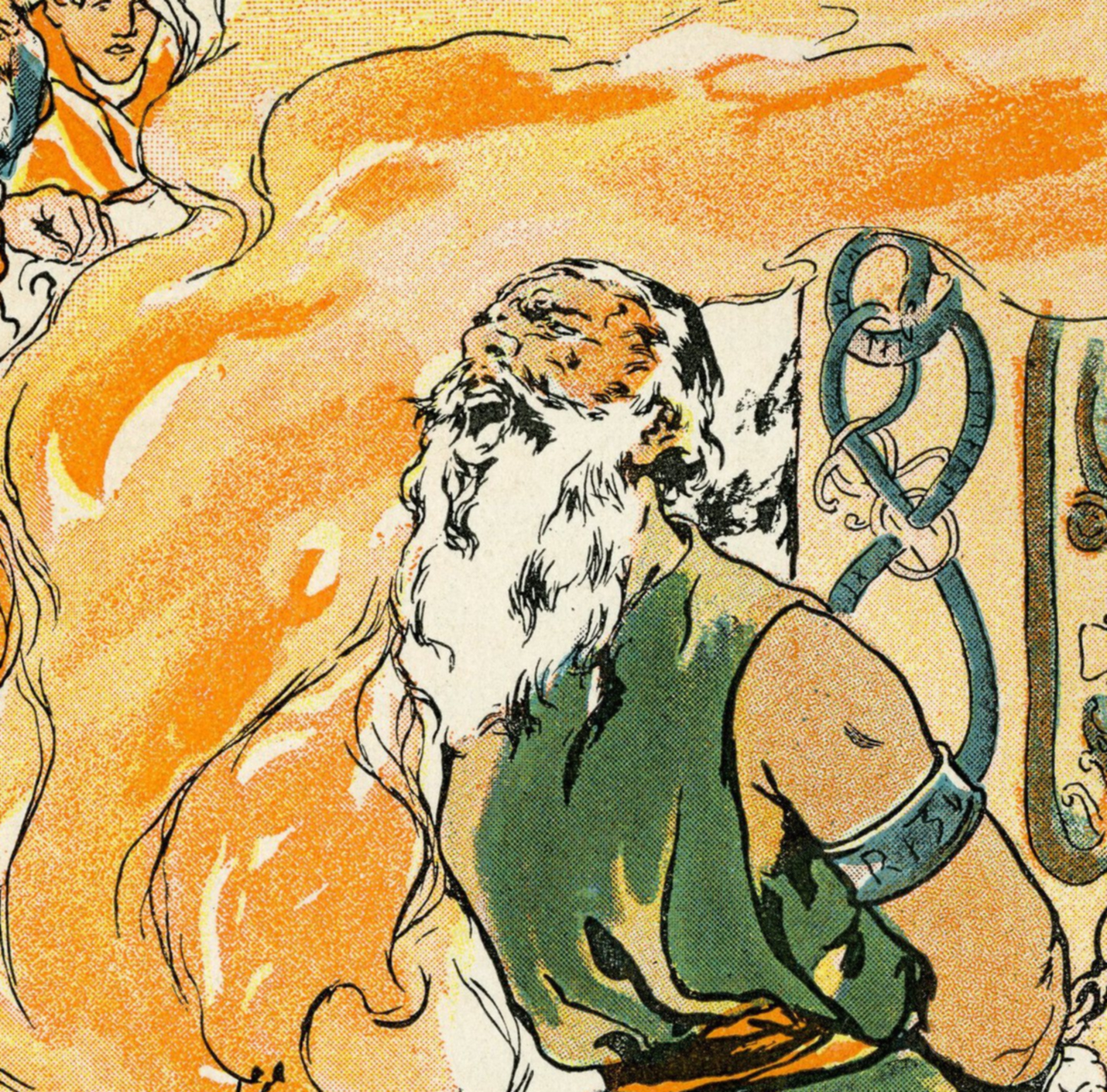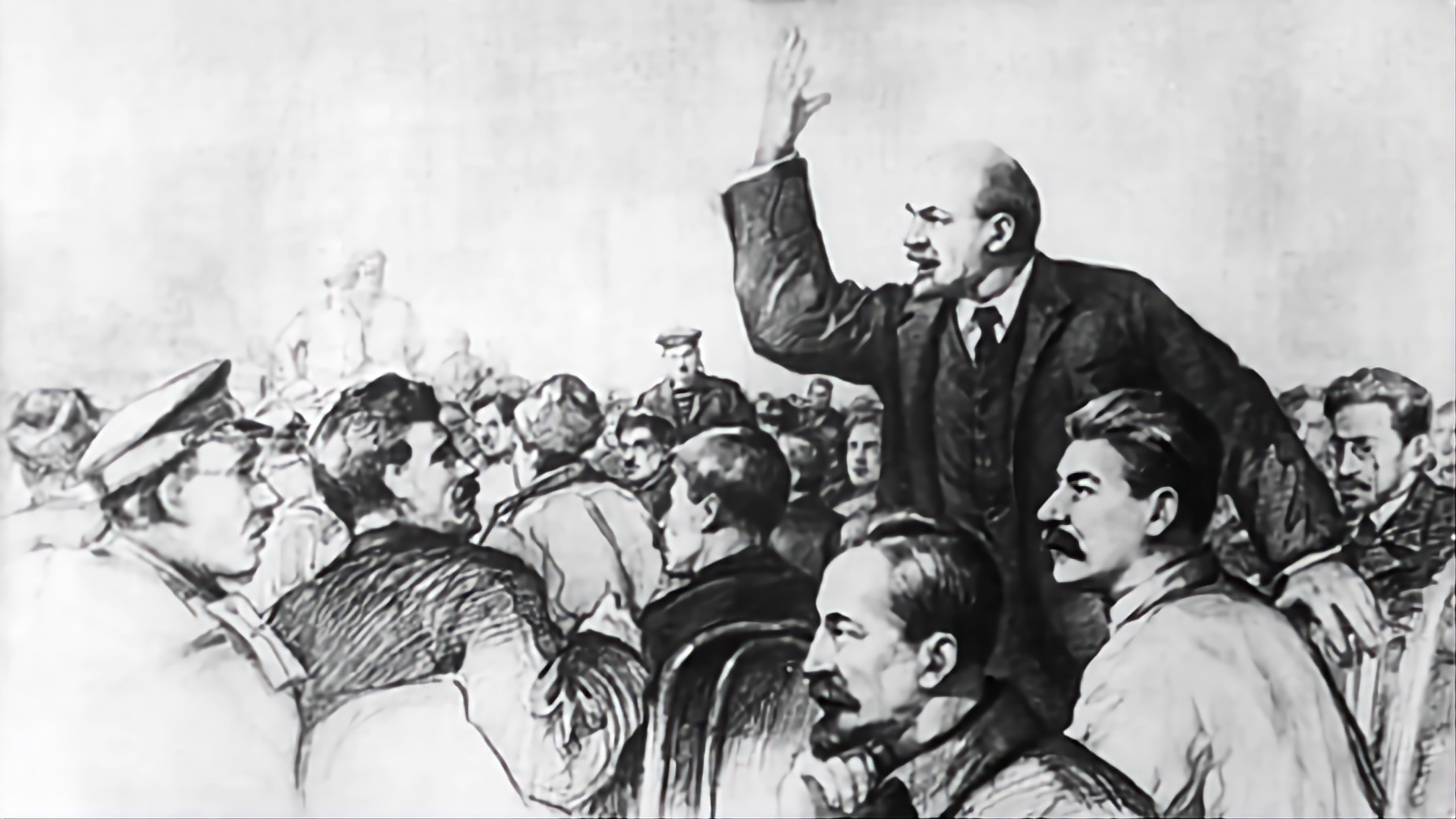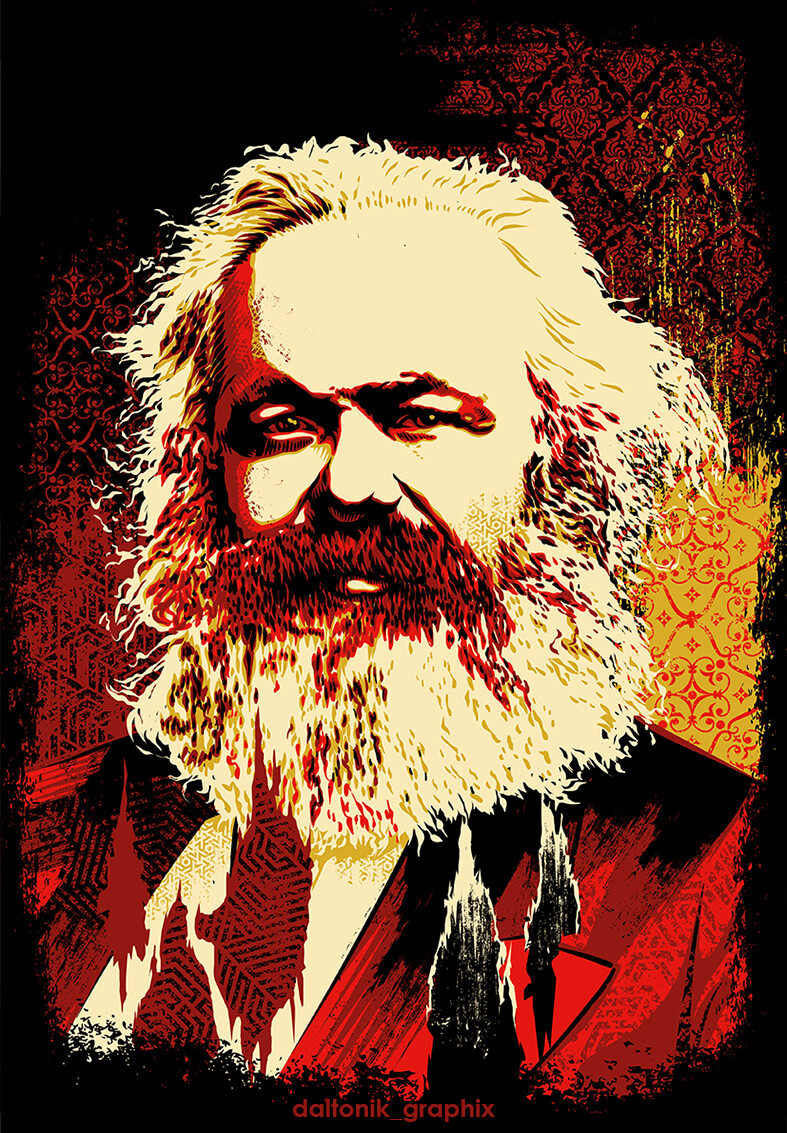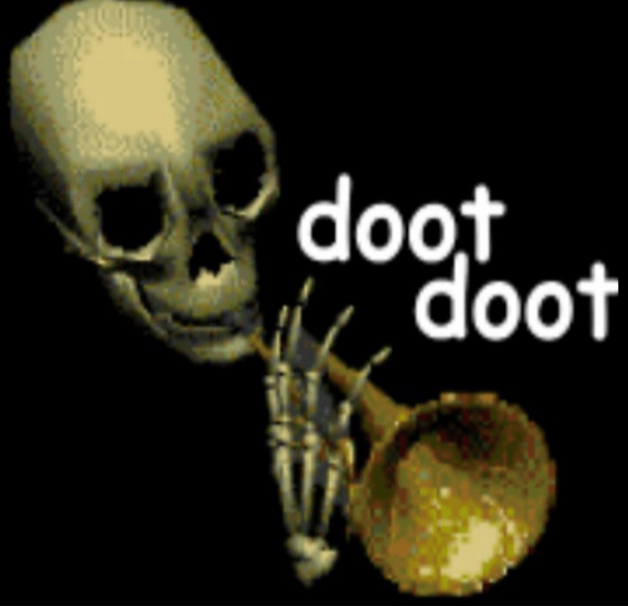asa_red_heathen [he/him]
Previously Asa_the_red, that guy with the viking bit
Norse Pagan/Heathen
Twitter: @baleygrfadr Bluesky: @asa-the-red.bsky.social
- 1 Post
- 73 Comments
Pitbull hysteria is rooted in racism against their human owners, not the Pitbulls themselves.
My specific argument is with you comparing differences in dog breeds to phrenology. I’m not saying that dogs of a specific breed are more aggressive; Im saying that comparing dog breeds on a morphological level is not the same as comparing human races on a morphological level. Phrenology is a pseudoscience specifically because human races do not vary morphologically, especially not in skull shape. You can easily measure a dog’s skull to tell a Great Dane from a Chihuahua, which is why I used those breeds as an example.
Im sorry but can you not see how a Chihuahua and a Great Dane are physically different from one another? One can entirely fit into the others mouth. I’m not arguing that Pit hysteria isnt founded in racism, but the concept that dogs breeds cannot be any more different from each other than human “races” are is insane.
Your own sources above specifically state that different breeds are identifiable through genetic testing, idk exactly what else you want from me here.
You cant be racist against dogs
No it is not lmao. Dog breeds most certainly do have drastic morphological differences created by humans selectively breeding them for thousands of years.
Yeah this
 and this
and this
 are absolutely more different from each other than a black person and a white person are from each other. Dogs have been selectively bred for ten thousand years, and they’ve been very specifically bred for different roles, literally changing their physical shape. Human beings have not, we’re all pretty much the same. Unless you’re going to argue that domestication and animal husbandry are fake then I do not see how this is equivalent to differences in melanin production.
are absolutely more different from each other than a black person and a white person are from each other. Dogs have been selectively bred for ten thousand years, and they’ve been very specifically bred for different roles, literally changing their physical shape. Human beings have not, we’re all pretty much the same. Unless you’re going to argue that domestication and animal husbandry are fake then I do not see how this is equivalent to differences in melanin production.
That is true, Im not disputing that, but comparing the differences between dog breeds, which are wildly different morphologically, is not equivalent to phrenology and race science. Human races are not morphologically different from each other, race is a social construct.
You’re saying that analyzing the behavior of different breeds is equivalent to phrenology, which implies that human “races” are as equivalently different from each other as dog breeds are, which is of course nonsense and racist.
 did you just compare humans to dog breeds?
did you just compare humans to dog breeds?

 2·4 months ago
2·4 months agoMad Max heads rise up

 1·4 months ago
1·4 months agoThe two actually compliment eachother really well. I rewatched Fury Road after seeing Furiosa the context of her life beforehand actually made her character much more interesting.

 1·4 months ago
1·4 months agoDefinitely see it in theaters if you get the chance, its really good. Its not better than Fury Road imo, but since FR is literally the best action film ever made thats not a mark against it.

 4·4 months ago
4·4 months agoTheyre pretty cool but tbh Ive never been a huge fan of flintlocks.

 3·4 months ago
3·4 months agoI am a huge sucker for break actions and that rotary break is insane lmao. Still doesnt beat lever actions but its damn close.

 6·4 months ago
6·4 months agoHot take: Furiosa was better than Dune 2

 10·4 months ago
10·4 months agoThere is objectively no cooler type of gun than lever action rifles. Revolvers are up there but lever actions are peak.

 1·10 months ago
1·10 months agoWithin my own practice I interpret Hel as just one aspect of the afterlife, with Valhalla and Jotunheim being the other parts. So when you die three things happen, your conscious individual self dies, your body breaks down, and the memory of you fades. Each of these things correlates to different “realms” in the cosmology.
long post time (note that this is all personal interpretation, I dont intend to present this as what the ancient Norse actually believed or what modern pagans should believe. Its just my own understanding)
-
Hel is the individual mind’s resting place. During the last few minutes when your brain is still conscious but disconnected from reality, you experience yourself losing cohesion and becoming not alive. Your experience of Hel probably feels like it last a lot longer than it is, since its kinda like a dream.
-
Jotunheim is a bit of an odd choice but Ill explain. Jotunn are complex characters and not well defined. They can be physical manifestations of natural events and concepts, shapeshifters who take the forms of animals, or they can just be regular boogeymen-esque monsters. But overall I think the most important characteristic of what makes something a Jotunn is that its a thing that can be said to consume humans. (Logi, wildfire consumes all; Aegir and Ran, the sea and waves, consume those who die at sea; Elli, old age, consumes the lives of all men; and so on) So it tracks that Jotunheim would be a place inhospitable to human life, a place not strictly of death but of life that feeds on human death. Your body decaying after death is a part of this system, being consumed by rot and decomposing into nutrients that go on to feed other forms of life. Jörð, the Earth, is also a Jotunn and it is from her that we are born and it is to her that we must return.
-
And finally Valhalla/Valhöll is the part lf the afterlife that pertains to the part of us that connects to other people. We exist far beyond the limits of the meat and bone that makes our bodies. As part of humanity as a whole our connection to others, our actions in life, other people’s perceptions of us, our “reputation” as it were, are all part of us. Once our lives are over these parts of ourselves remain, and that part is what it is to be in Valhöll. When we’re remembered by our loved ones, or something we built or did continues to affect the world, our lives continue on in a small way. In this way Valhalla extends far beyond just “warriors who die in battle”, though for those people the classic imagining of Valhalla as an eternal battle is a bit morbid, as, when we tell stories of their feats and death, we force their remnants to relive it over and over. An eternal battle, just like Valhalla. This aspect of our lives also connects humans to greater systemic entities, things that in their own way have a sort of life beyond the biological. These systems are, imo, what the Gods are, and so Valhalla connects us to Asgard.
-

 1·10 months ago
1·10 months agoOh yeah, Hel really only has a negative connotation because of the Prose Edda, and since Snorri was a christian writing 200 years after paganism had been replaced by Christianity I think its safe to say thats not exactly accurate. I mean the Eddas weren’t written for a pagan audience so its not like they’re idealizing the pagan afterlife, it’s more like Snorri was trying to fit Valhöll and Hel into his understanding of Heaven and Hell, just from a “backwards” pagan veiwpoint. It might be true that during the viking age Valhöll saw an increased importance to the increasingly more expansionist and militaristic ruling class who identified strongly with Odin, while Hel was relegated to the “dishonored dead”, but theres also evidence that the Norse thought everyone went to Hel, and that Hel was just a normal underworld type afterlife.
I also like the theory that Hel literally referred to a person’s grave: its dark, its cold, its underground, and its where “all men go when they die”. When people rise up from their grave in the sagas its said they travled back from Hel, even if they’re warriors who died in battle.



FTL is a classic. One of the best indie games of all time.